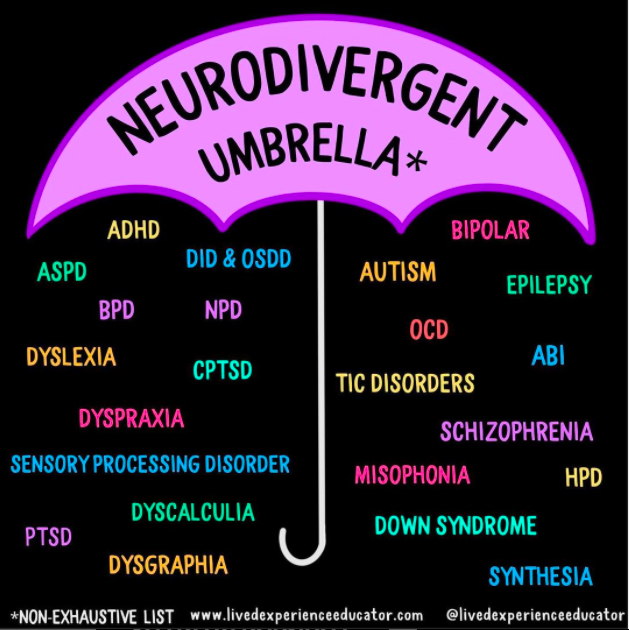10-year-old Ben drew elevators.
I mean, well past the doors and the box that lifts us up and down; his drawings included the inner workings of an elevator. The pulleys, counterweights, buffers, all in painstaking perfect penciled detail, right down to the nuts and bolts.
He couldn’t describe them to me, but his drawings were so intricate and beautiful, it was like he was showing me how it all worked.
Ben has Autism Spectrum Disorder, also known as ASD: part of the umbrella known as neurodiversity.

The way Ben’s brain works, with his ability to construct complicated machinery, is an example of a strength that might show up in other neurodivergent individuals. As we learn more about neurodiversity and what it means for neurodiverse kids in the classroom, it’s important to celebrate what all students bring to the table. Below is a snapshot of just a few strengths that are present in other disorders under the neurodiversity umbrella.
| People with: | May show a strength in: |
| Dyslexia | Conveying information and explaining things in a clear and concise way Understanding patterns and processing information Empathy: understanding and connecting with others Visualization: interacting with space, sense, ideas and concepts |
| ADHD (Attention Deficit Hyperactivity Disorder) | Hyperfocusing on the task at hand Spontaneity Creativity Humor |
| ASD (Autism Spectrum Disorder) | STEM subjects; logical thinking ability Dependability Excellent sense of direction Drive for perfection and order Honesty Thinking and learning in a visual way |
If the list above seems a bit abstract, look to neurodivergent role models to inspire all students!
- “20 Black Autistic People You Might Want to Know About,” from the Art of Autism
- “Famous Neurodiverse Individuals,” from CASS Counseling and Autism Spectrum Support
- “Top 50 Influential Neurodivergent Women 2023,” from Women Beyond the Box
There’s so much more to know about neurodiversity! Check out our brand new course, 5291: Strengths-Based Support for Neurodiverse Learners to learn more about a strengths-based approach, strategies for neurodivergent learners, executive function, and more!
Resources
“On the Strengths of Neurodiversity,” from Ludo Tutors
“What is Neurodiversity?” by Caroline Miller of the Child Mind Institute
About the Author

Betsy Butler (she/her) is a Professional Learning Specialist at Teaching Channel. She holds a B.A. in English, and a Master’s in Education, and has been teaching since 1992. Betsy uses her three decades of teaching experience to write and revise our courses while selecting the perfect accompanying texts. Her specialty areas include ELA, special education topics, behavior management, and mental health.
Fun Fact: Betsy’s daily conquest is solving the New York Times crossword puzzle!






